Every case is different, so you need an eDiscovery partner that can develop strategic processes and workflows and provide access to the most powerful technology in the industry.
Reliable eDiscovery, Litigation Support & Cybersecurity Solutions
Our Solutions
Allow our hyper-responsive, customer-focused team address your most significant challenges in the following areas:

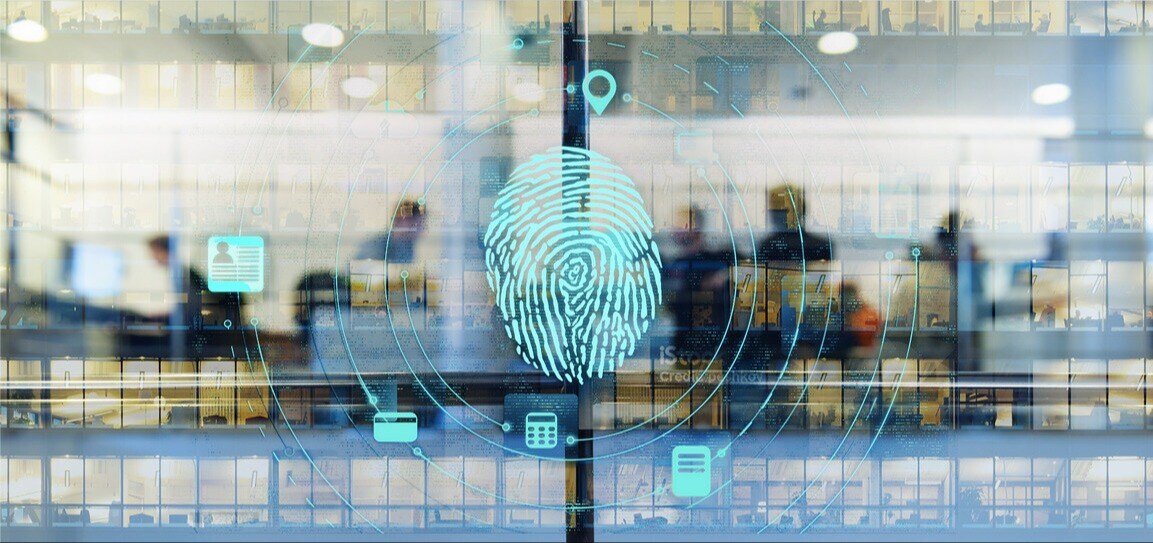
Avoid sanctions and ensure that your litigation goes smoothly by partnering with the digital forensics experts at Avalon. Our team collects data defensibly and in a forensically sound manner, so you can focus on strategizing for your case.

Avalon begins each project for staff augmentation or document review by listening to your business objectives. We then collaborate with your team to develop a customized strategy that will deliver the most cost-effective, innovative, flexible solution for your organization.

Focus on your case by entrusting a variety of critical legal document services – including imaging and scanning with OCR, printing, and trial exhibits – to Avalon.
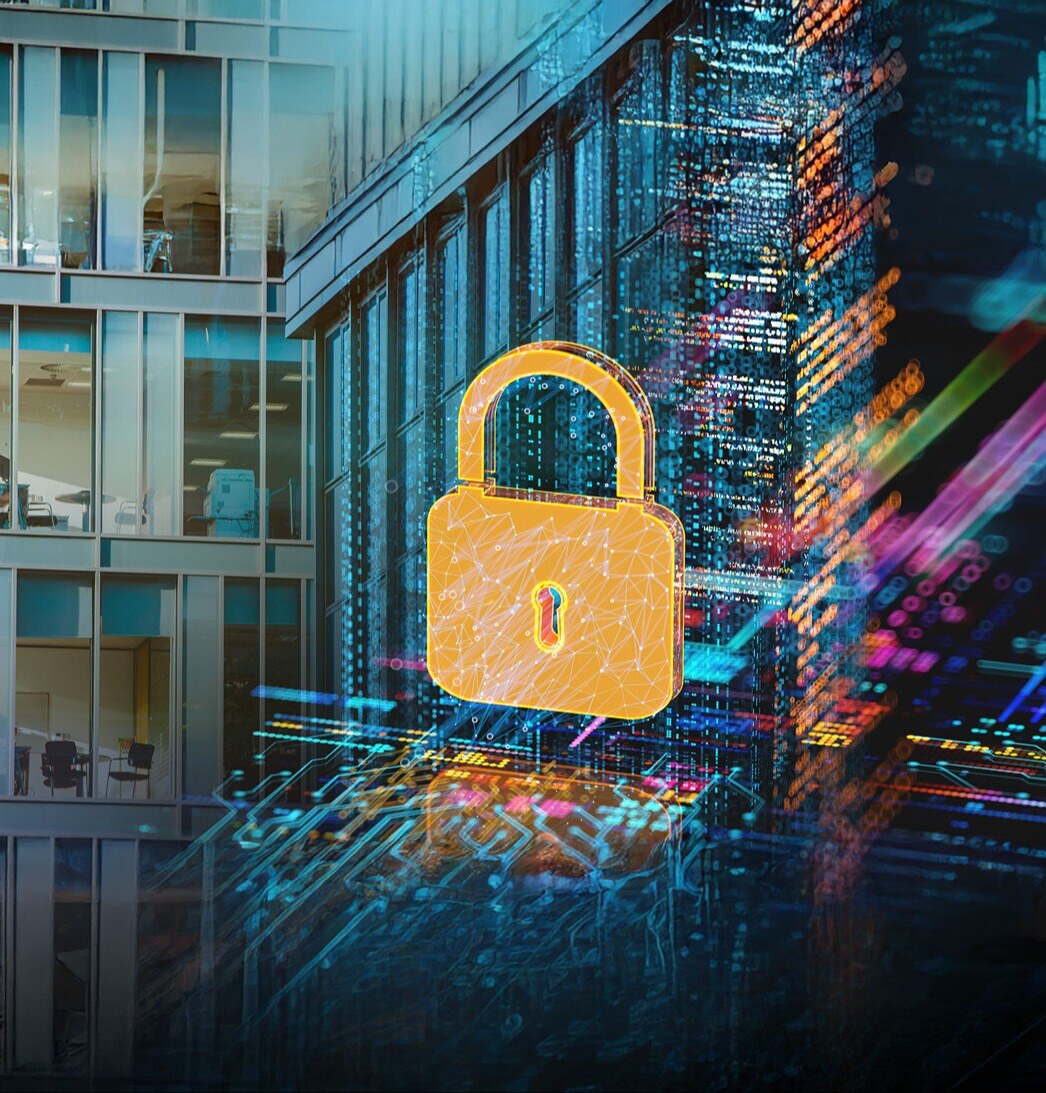
Arm your organization in the fight against cyberattacks by partnering with the experts at Avalon. Through services including penetration testing, managed extended detection and response (MXDR), and incident response, we help organizations mitigate risks and maintain compliance in a continuously evolving threat landscape.
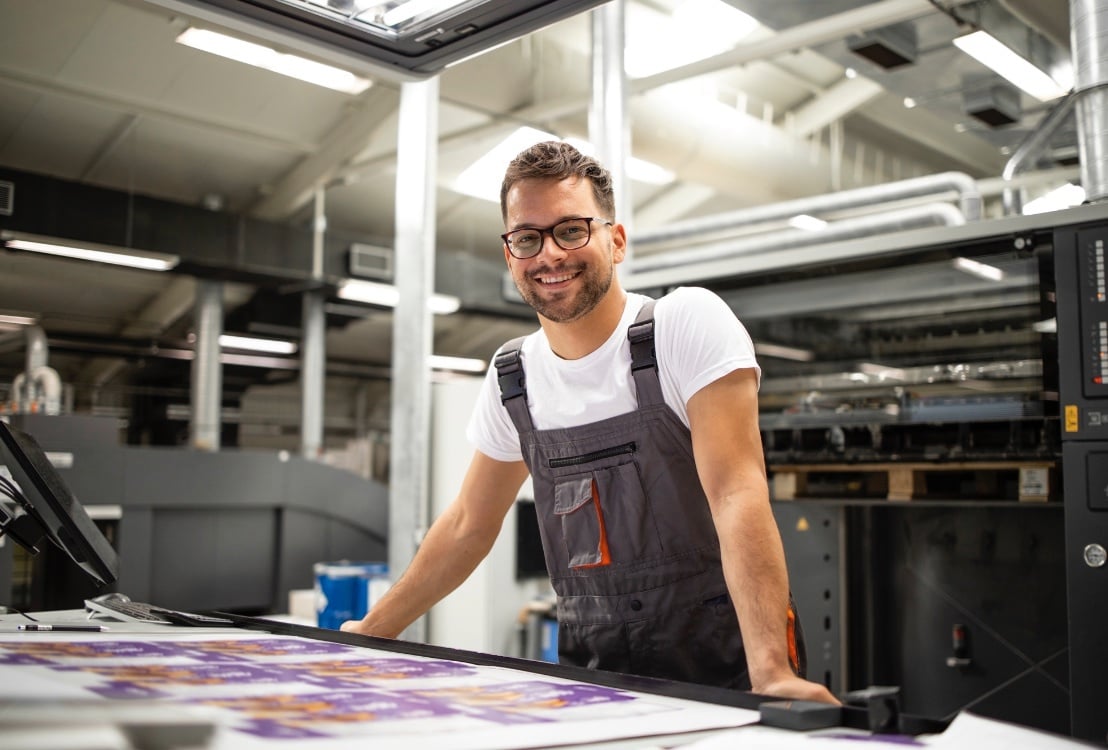
From high-volume scanning and copying and large format printing to managed office support and specialized services for the AEC industry, Avalon’s hyper-responsive team members deliver high-quality document services with fast turnaround and exceptional customer support.
About Us
Our knowledgeable and industrious team members take the time to understand the challenges you face and deliver thoughtful, strategic solutions to support your organization’s success.
Avalon is a SOC 2 compliant service provider with a lifetime Net Promoter Score of 92, based on feedback from more than 5,000 clients, which reflects the consistently high level of service you can expect when engaging with us. We welcome the opportunity to assist you.
Resources
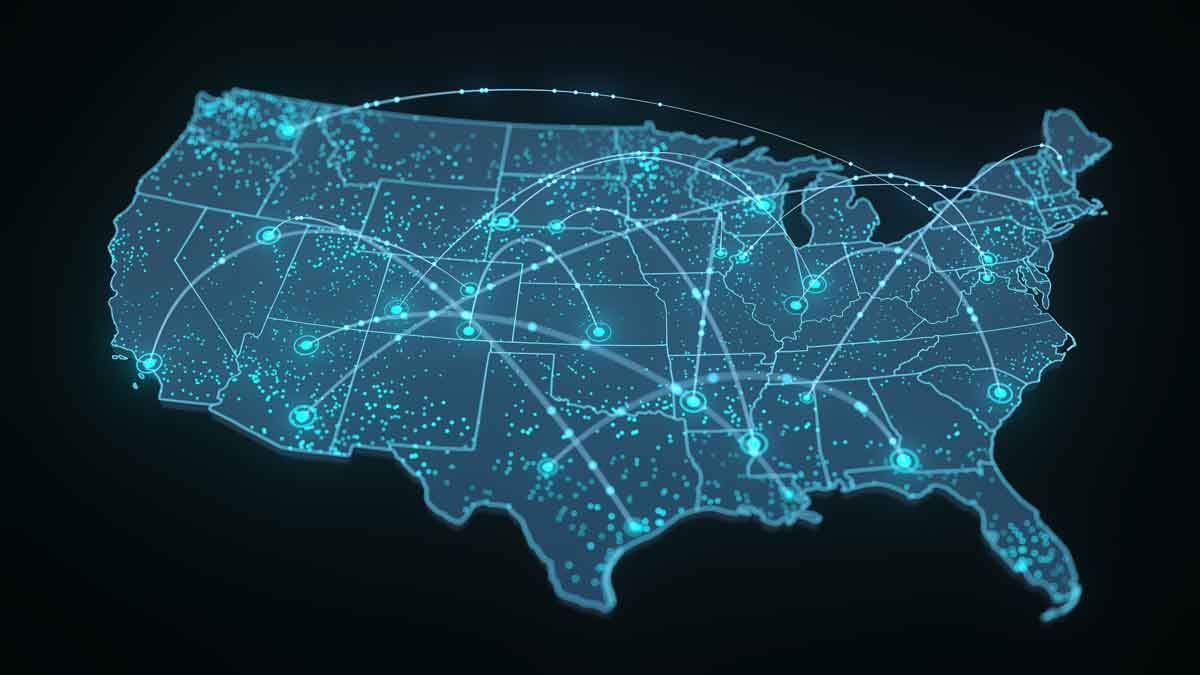
Case Study: Multi-City Paper Discovery
Avalon’s strategic approach to a multi-city paper discovery collection allows law firm to focus on high-stakes case.
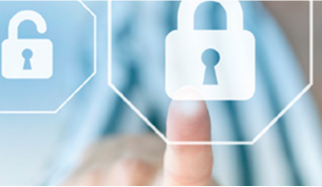
White Paper: Turning the Tables on Cyber Breaches
Learn how incident response tabletop exercises help prepare your organization to face cyber threats.

Case Study: Mobile Device Collection
Discover the critical differences in the depth and breadth of data recoverable through standard versus premium extraction methods.
What Our Clients Are Saying
“Very well-respected company. They really listen to your requirements and work closely with you to help you achieve success.”
IT Director
Manufacturing Company
“Avalon is a great resource for our firm. I appreciate how their team is always there for me. They always go above and beyond to provide the support we need. Thank you!”
eDiscovery & Practice Support Manager
Large Full-Service Defense Firm
“Avalon digs deep to assist with eDiscovery and protect the process.”
Owner/Founder
Civil Rights Law Practice
“Their assistance, involvement, knowledge, and responsiveness are critical to the eDiscovery/Relativity Department at our firm, and they are absolutely invaluable. Recommend very highly.”
Paralegal/eDiscovery Specialist
Boutique Litigation Law Firm
Join Our Team
If you have a passion for solving complex challenges, and are a great all-around person, we invite you to apply today. Check out Avalon’s job openings by clicking the button below.